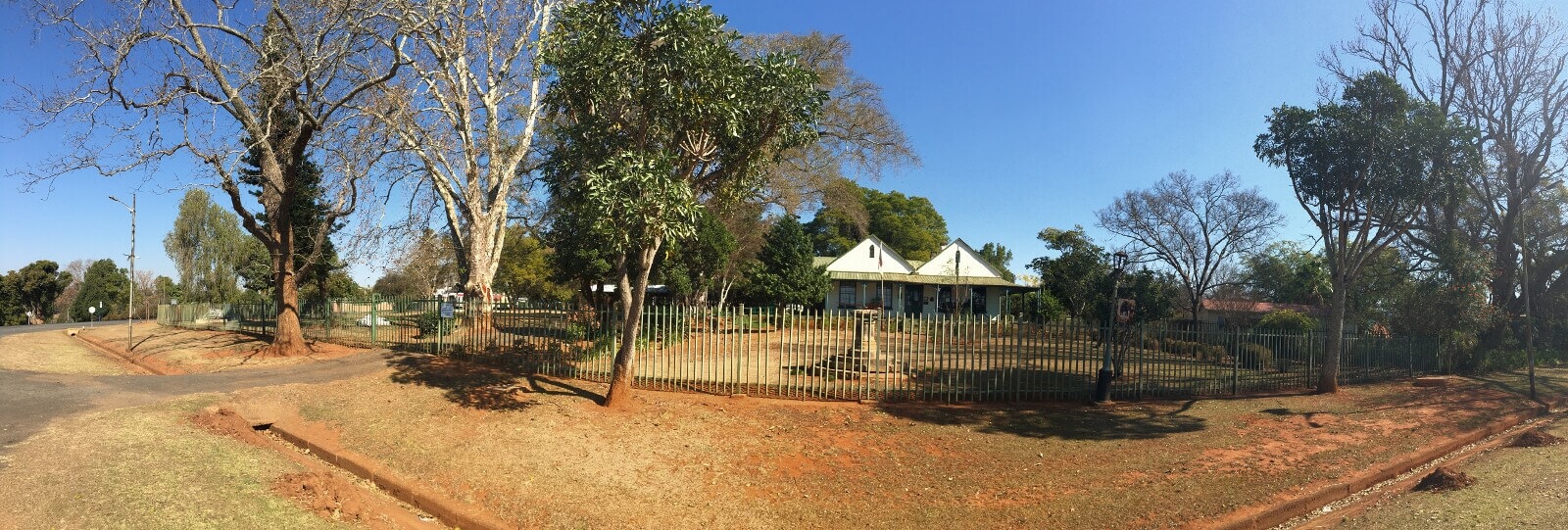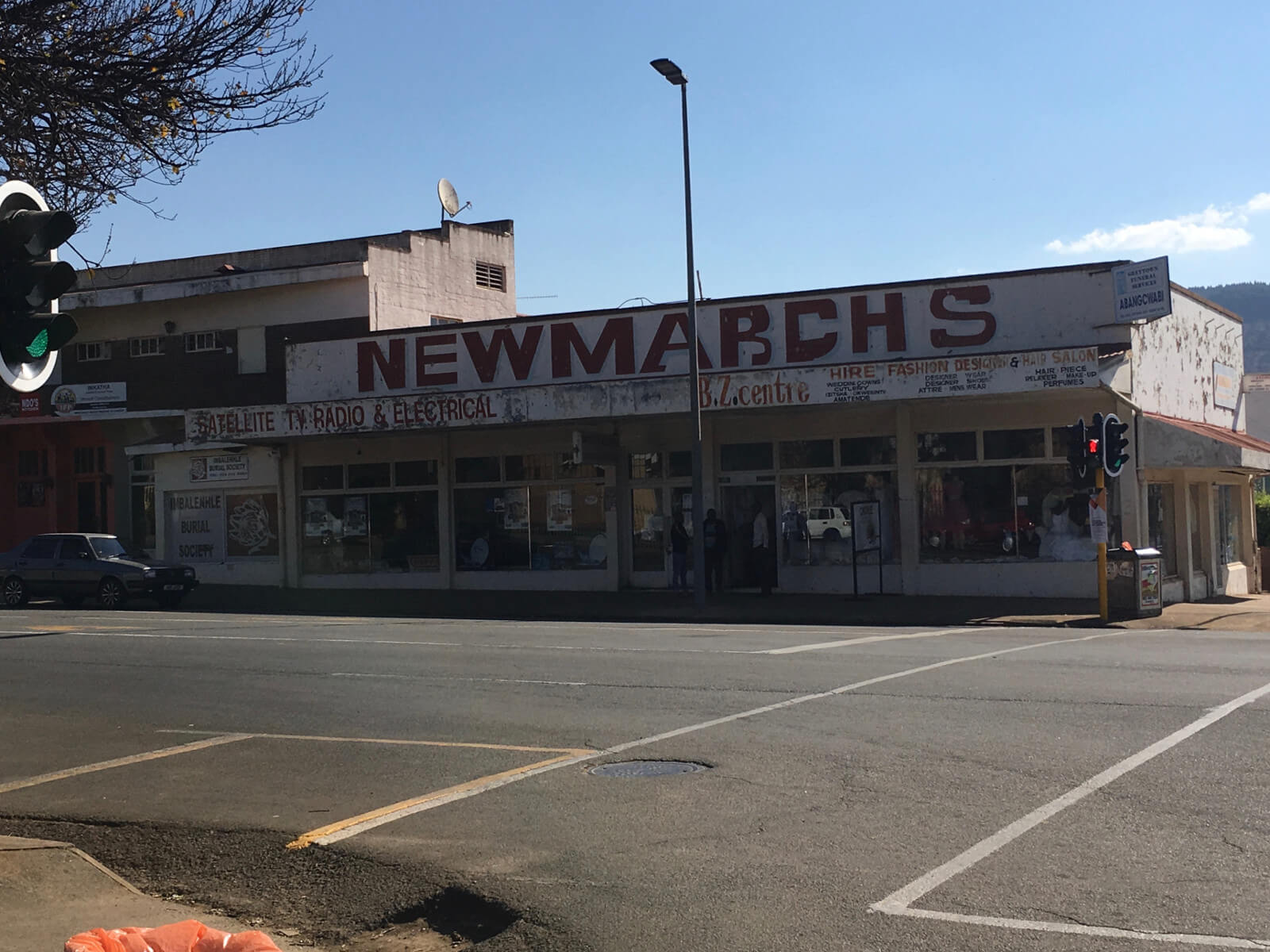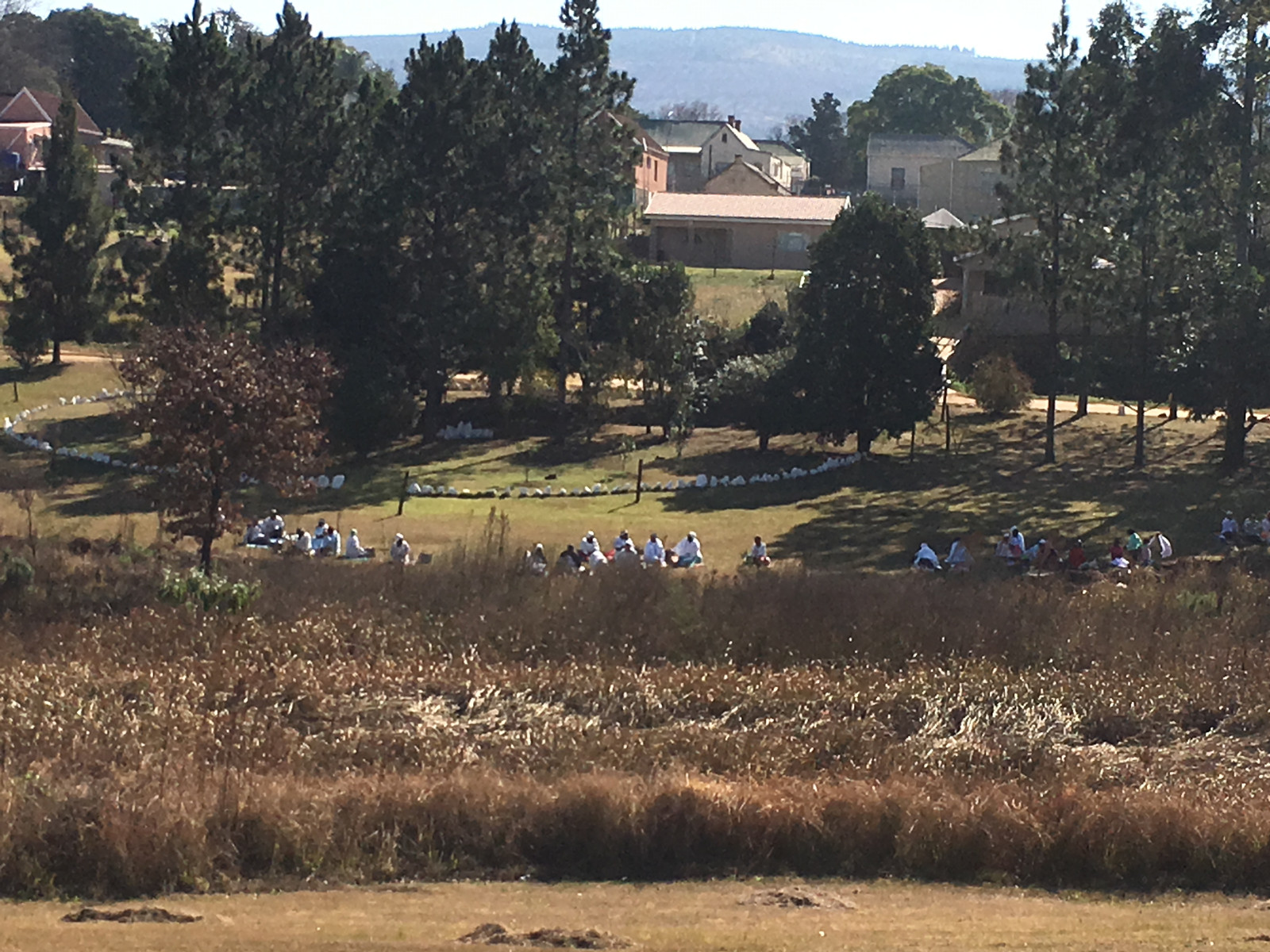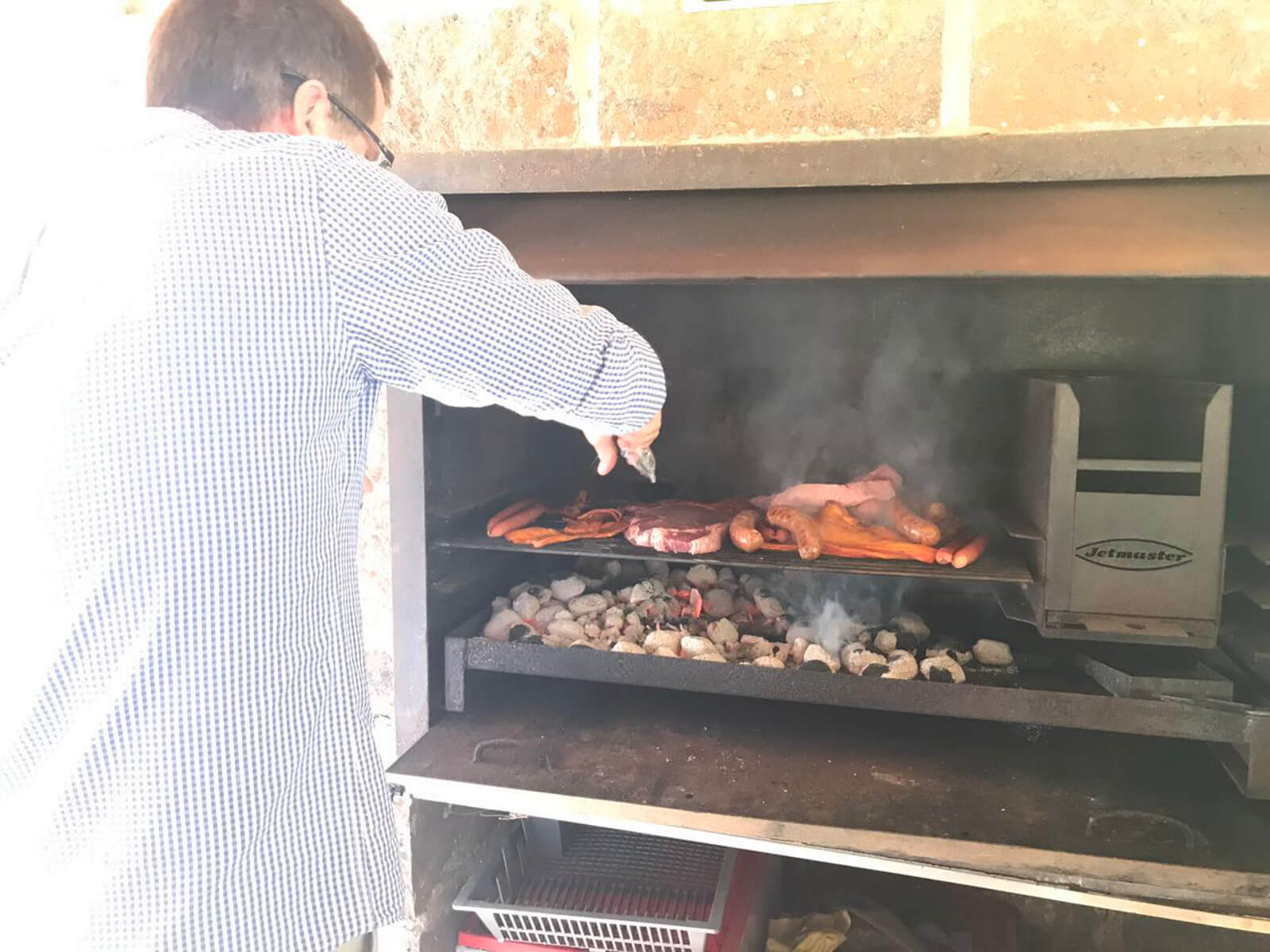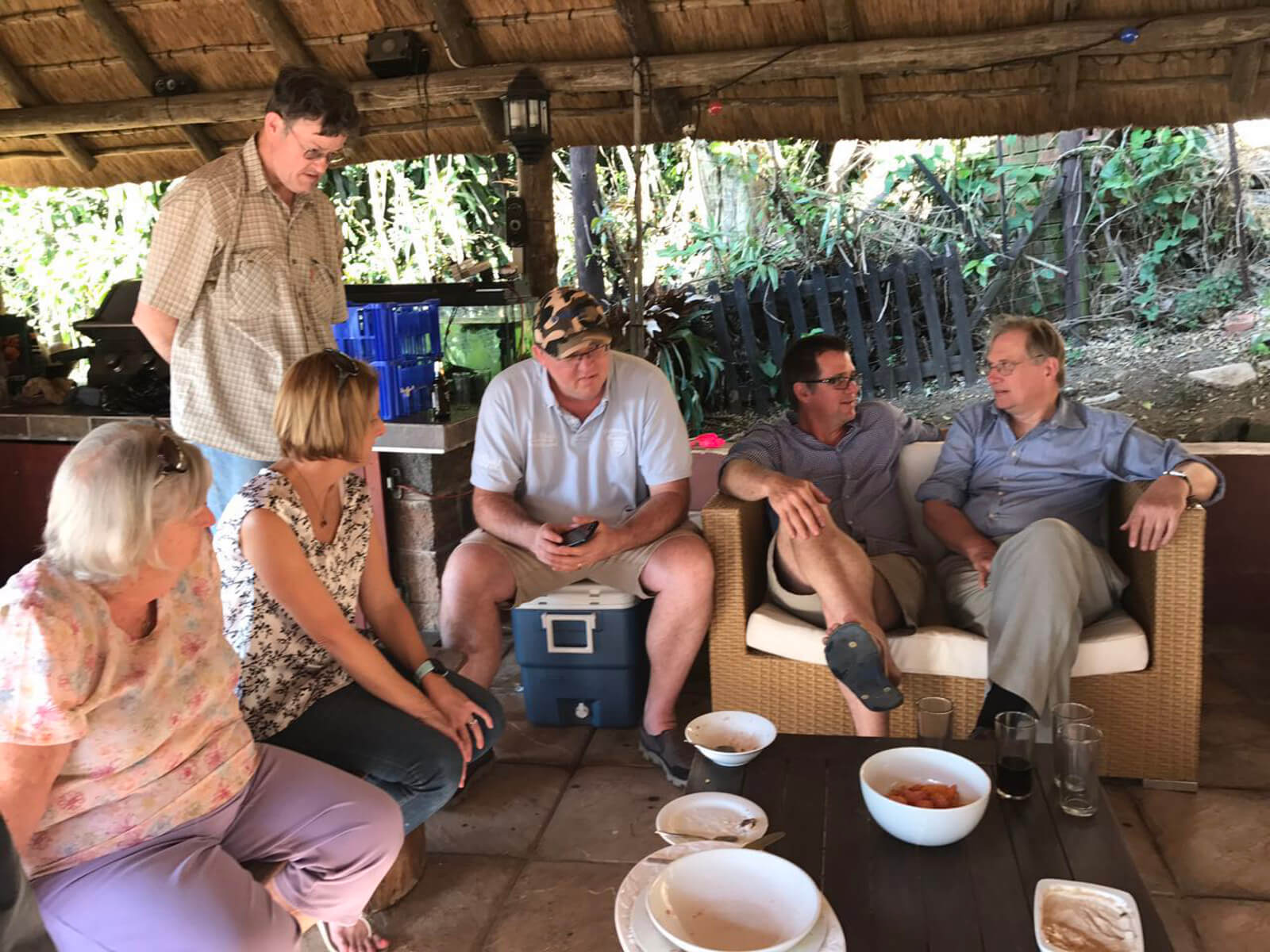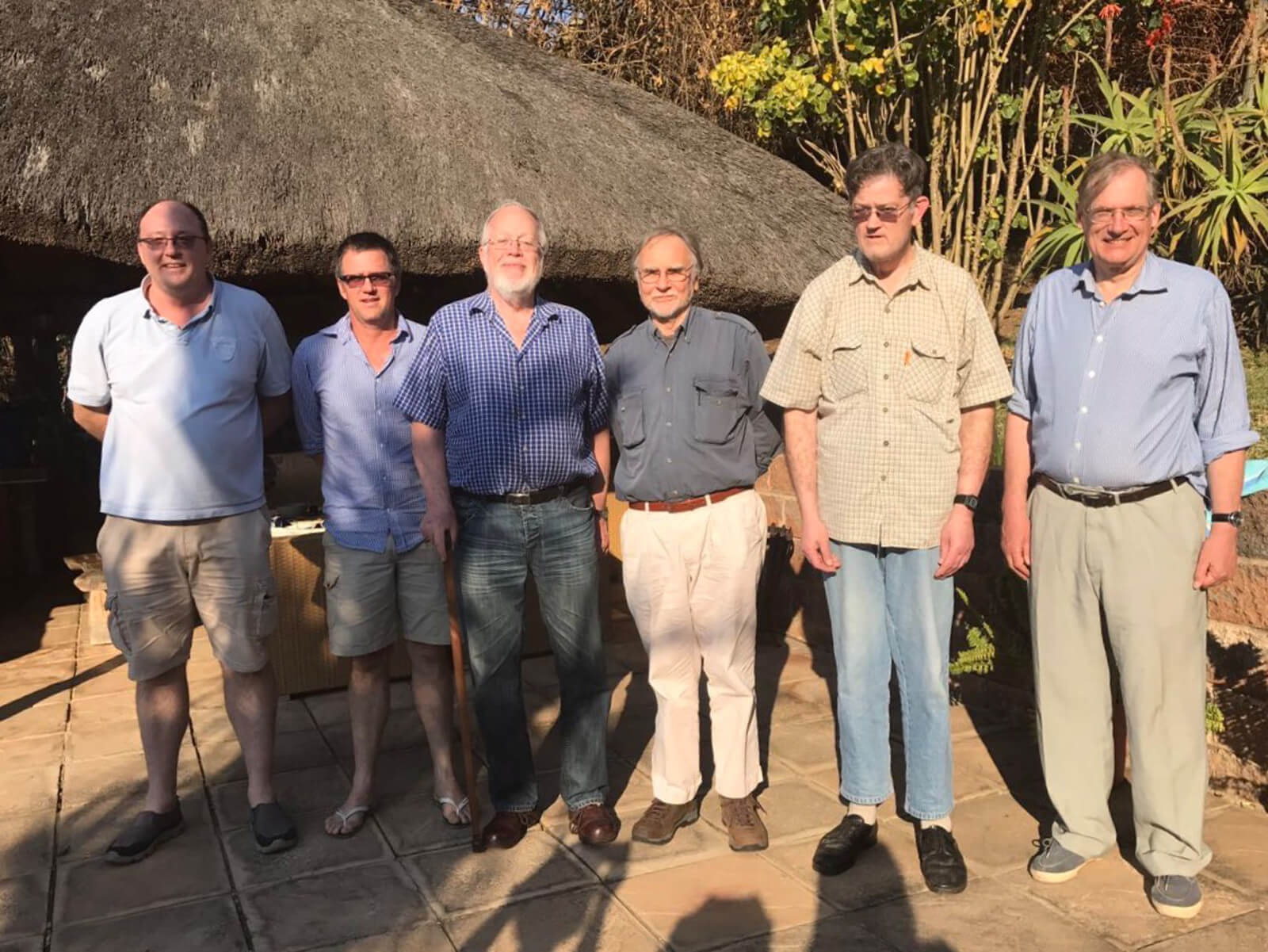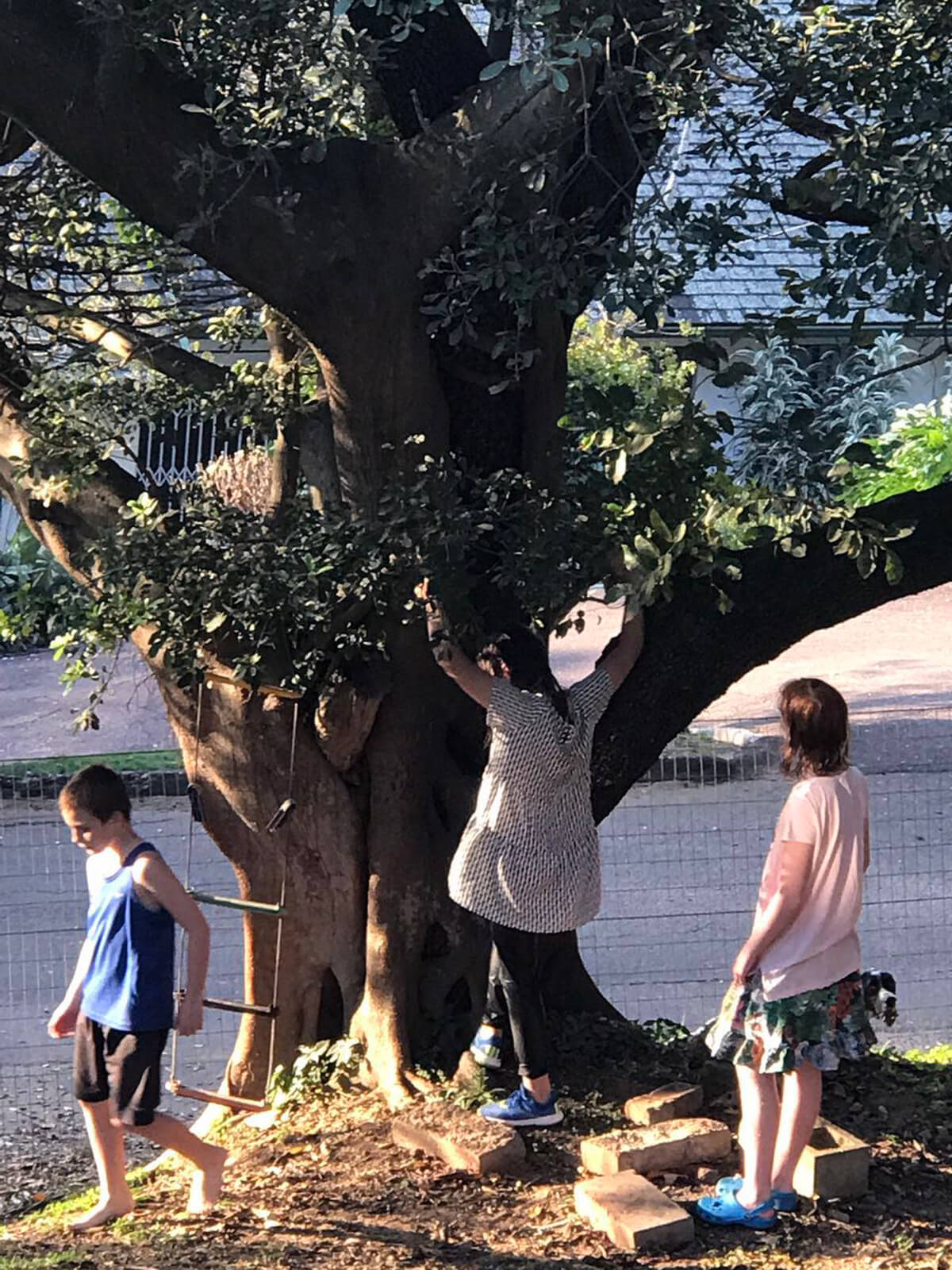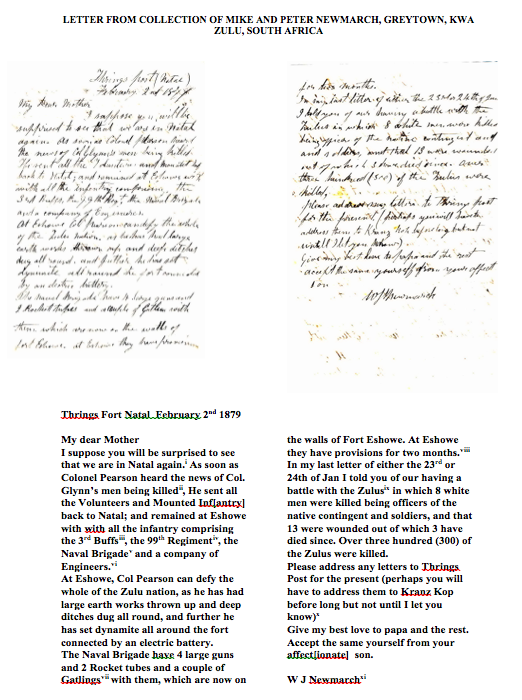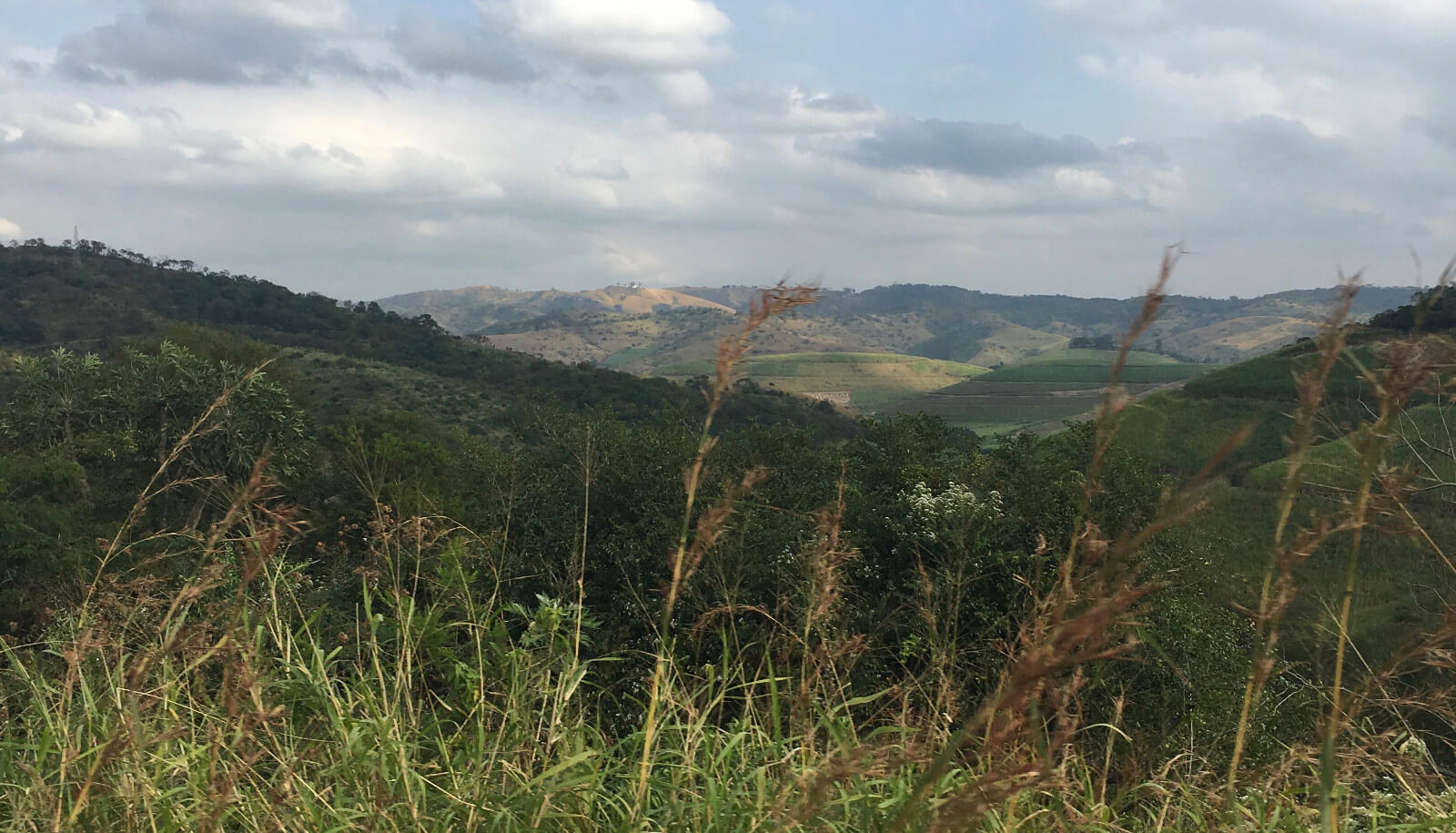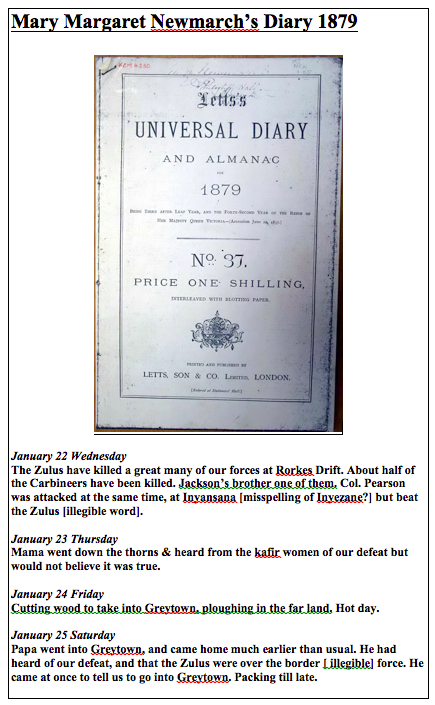I have also mentioned on my blog my joy and surprise when I was contacted one day by a long lost cousin, Michael Newmarch, who told me that he was descended from a great, great, great uncle of mine who had settled in Natal near the border of Zululand in 1849. It was one of the pleasures of this trip to South Africa to visit Greytown, where the family had established their farms and shops, their home for more than 150 years.
And when we finally met, it was a momentous and long anticipated reunion. Michael’s elder son, Peter, a distinguished surveyor, greeted us on our arrival in Durban. His brother Andrew and wife, Charmaine, then kindly organized a ‘brae’ or barbecue for us at their home. Michael, his wife Kate and son, Charles, came down from Greytown. Their cousin, Professor David Newmarch brought his daughter, and our two branches of the family made contact again probably for the first time since the 19th Century.
As the adults ate and exchanged family reminiscences and stories, the younger Newmarch cousins played in the pool and wandered over the garden. Sybil met Courtney and Danielle, Peter’s children, Abby and Joel, Andrew’s children, and Eizabeth, David’s daughter – and they just romped!
Of course it was history that had united us. I have no idea why my childhood fantasies veered towards South Africa and the Zulu Wars. Maybe some unconscious gene had made a subliminal connection. Then I discovered that Peter had continued going through the family archives since I last wrote a blog post, and had found what I had always dreamed, and never actually allowed myself to believe, that an actual relative of mine – albeit long separated by time and distance, had actually fought in the war that had inexplicably fascinated me. Letters showed that his great grandfather, William John Sawdon Newmarch, 18 years old, had served as a volunteer in the Natal Hussars in the Zulu War. He had fought at the Battle of Inyezane on 22nd January 1879 and also could have been at the final battle at Ulundi – places I had just visited – and maybe even the Battle of Kambula in Western Zululand, the British victory that turned the tide of the war. Young William had seen it all.
Meanwhile, the war had also been affecting settler communities back home. In the vault Peter also found the diary of William’s 16-year-old sister Mary Margaret Newmarch, which she started on the day that the first rumours of disaster at the front came to Whitcliffe, the family farm, in Greytown: “The Zulus have killed a great many of our forces at Rorkes Drift,” she wrote breathlessly. “About half of the Carbineers have been killed. Jackson’s brother one of them. Col. Pearson was attacked at the same time, at Inyansana…” Clearly she was referring to Inyezane where unknown to her, her brother was in action that very day.
The great fear was that the Zulus would cross the Tugela River and slaughter the unprotected settlers. Mary’s diary is a remarkable document reflecting the courage of her community as it faced this threat, at the same time blithely recording daily life going on despite the crisis. It is a wonderful window into her world.
Mary never married, but was a much loved aunt to generations of Newmarches, corresponding with branches of the Newmarch clan scattered all over the Empire, including my great grandmother Julia in England (see A Treasure from the Vault ). William John Sawdon Newmarch went on to become an important citizen of Greytown. Ever the soldier, he was called to service again twice. He fought throughout the Boer War, amongst other actions participating in the Siege of Ladysmith. In 1906/7 he was in arms again when Prince Dinizulu, heir to the Zulu throne, was centre of an insurrection in Natal, now known as Bambatha’s Rebellion. According to Peter, William was in overall command of the troops putting down the insurgency.
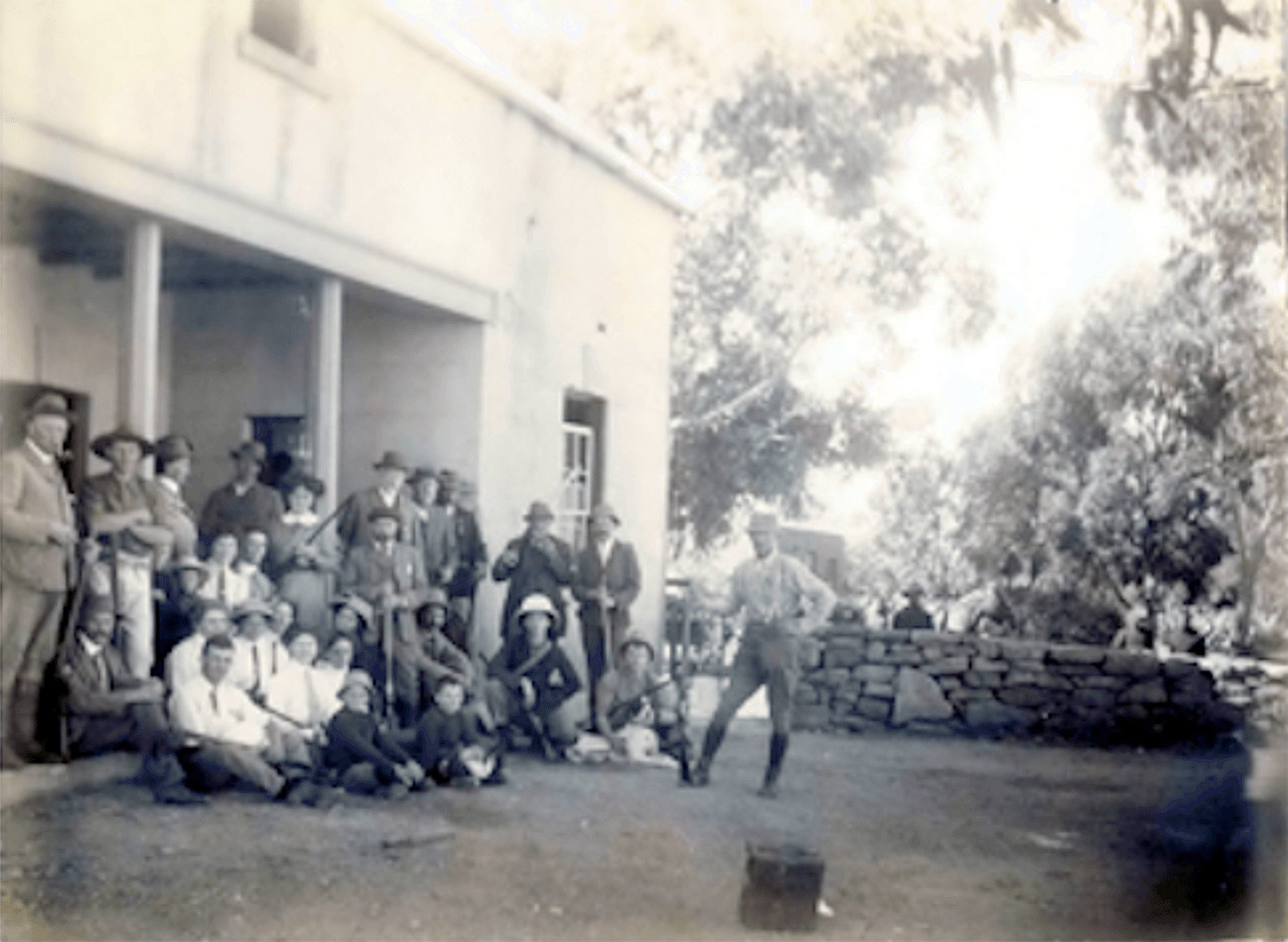
Hunting group at Whitcliffe 1910 – William John Sawdon Newmarch, far left: the
paterfamilias of a dynasty
Reflecting on William John Sawdon Newmarch’s illustrious career I cannot help but think back to the Wilbur Smith sagas that I read voraciously at school and Smith’s charismatic hero, Sean Courtney, whose fictional adventures match those of my very distant and for years long lost relative, who unlike Sean, was the real thing!
To be continued…
Further reading
